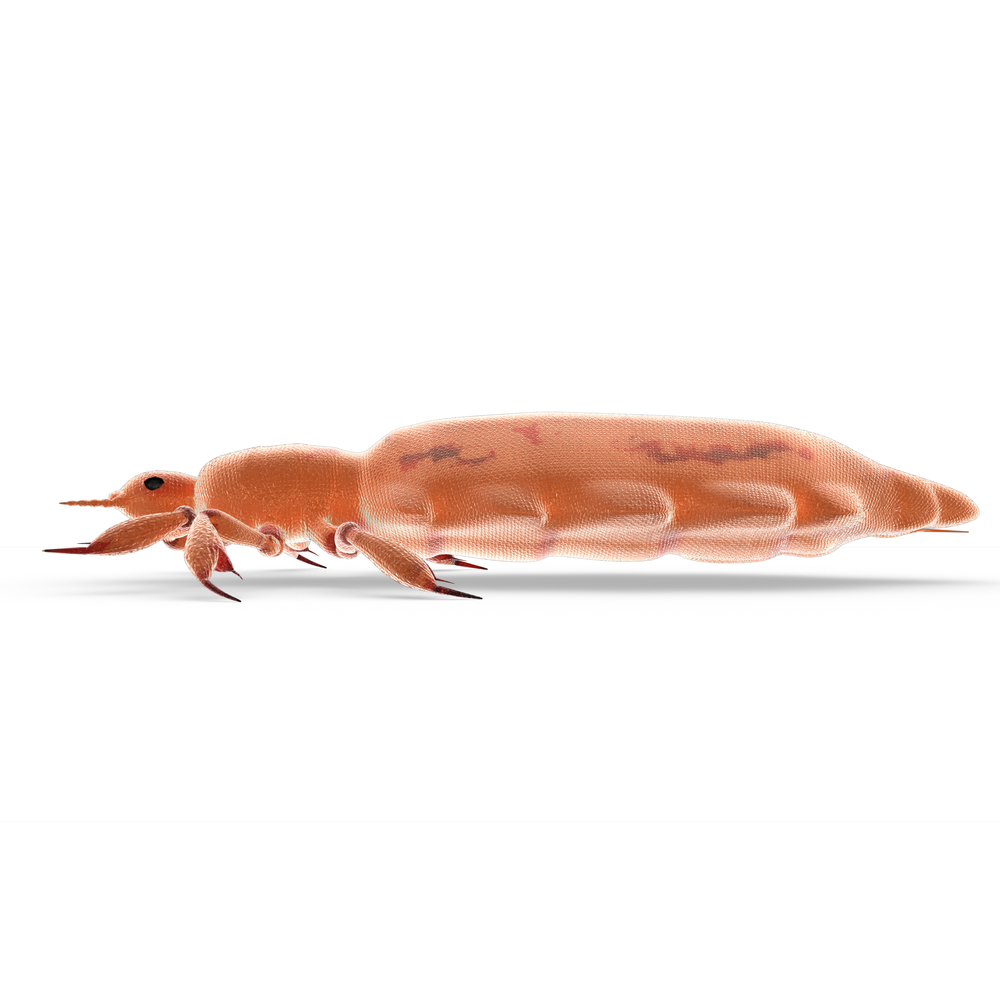As parent’s deal with a case of head lice, a hundred different questions can come racing through their mind. One of the most common questions we get asked is, “Do head lice bite?”
Yes, head lice do bite.
An adult louse will feed 5 to 6 times per day. The average person with a case of head lice is carrying 10-12 lice at a time. This averages over 50 head lice bites per day that person is infected. Obviously, this is assuming the problem is realized and taken care of fairly quickly. Infestations left untreated can be drastically worse as female lice lay up to 6 eggs per day. Lice eggs hatch every 7 days. You can see that head lice is a problem that can go from bad to worse in just a few short weeks.
How Do Head Lice Bite?
Lice have a mouth that acts as a tube with a suction cup on the end. They grab a hold of the skin on the scalp and push through small sharp teeth that penetrate the skin. As they feed, the skin is broken leaving red bumps and marks on the scalp.
Do Nits Bite, too?
Lice eggs, or nits, are not yet hatched and therefore unable to bite. As soon as an egg hatches, the newborn nymph will actively start looking for its first meal. Nymphs will bite and fed on human blood the same as adult lice while they grow and mature into adulthood.
What Causes the Itchiness?
As head lice bite they leave broken skin and open sores. They can become dry and irritated resulting in itchiness. This is just one of the reasons. As a louse drinks human blood, they salivate a substance that prevents the blood from clotting as they eat. This saliva is spread over the skin of the host and causes significant allergic reactions. Ever wonder how lice move around? As lice crawl around from hair strand to hair strand on the scalp they use hook-like claws on the tip of their legs. This gives off a tickling or irritating feeling that can lead to itchiness. The combination of bites, saliva, and crawling make itching a major symptom in indicating a head lice infestation.
My Child’s Scalp is Itchy? What do I do Now?
The first thing we recommend is using a nit comb, or fine tooth comb to examine your child’s scalp. Pay special attention to behind the ears, near the base of the neck and the crown of the head. These are the areas head lice like to linger and lay their eggs most often. While examining look for yellowish, oval eggs that are very near the base of the scalp. They will not easily flake off as dandruff would, but will be peeled off only using the fine tooth comb. Watch for red irritated bumps or rashes. Live lice will scurry away quickly from direct light and may be difficult to spot. If you do see any small, sesame seed-sized brown bugs crawling on the hair you clearly have a case of head lice.

